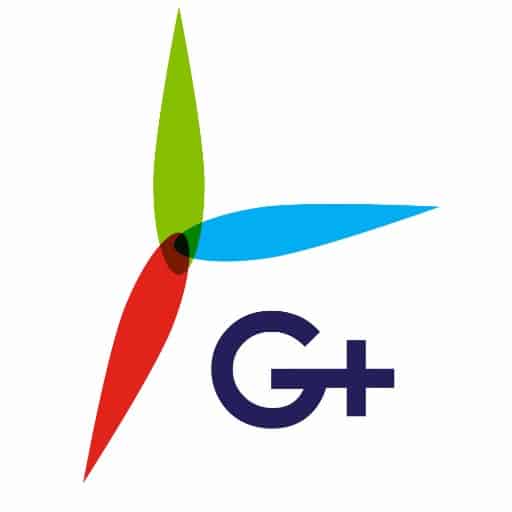G+ Reliable Securing Guidelines Show Practical Pathway to Offshore Wind Drops Prevention

Much-needed “reliable securing” guidelines published by Offshore Wind safety organisation G+ to facilitate industry wide adoption of best practice prevention systems
Hong Kong, July 29 2019 – The publication of the Reliable Securing Booklet for Offshore Wind by G+, the global health and safety organisation for the Offshore Wind industry, has provided much-needed safety recommendations for wind farm owners and operators grappling with the risks posed by Dropped Objects.
This is according to Dropsafe, the global leader in Dropped Object prevention. Dropsafe has highlighted that these new guidelines constitute an essential first step in transferring lessons learnt from other high-risk offshore industries such as Oil & Gas.
Publication of the reliable securing guidelines has come off the back of 2018 safety statistics released by G+, which demonstrate a 60% reduction in dropped object incidents on offshore wind farms compared to 2017. This highlights an increasingly
diligent response to the risks posed by dropped objects, but the industry still has a long way to go in adopting best practice prevention systems.
Dropsafe attests that the G+ reliable securing guidelines will address a longstanding gap in industry safety. They will inform sector decision makers not only of the specific Dropped Object risks entailed in Offshore Wind development and operation, but also – critically – of the prevention systems they should install.
Dropped Objects – ranging from loose fixtures to dropped handheld tools and equipment – pose a threat to the safety of personnel, integrity of equipment, financial performance and ultimately the reputation of Offshore Wind stakeholders. In Dropsafe’s 2018 whitepaper, The Neglected Hazard, it was outlined that, for the Offshore Wind industry to maintain its fast growth rate, it must be able to show that Offshore Wind farms are safe places in which to work.
The G+ reliable securing guidelines recommend the use of dropped object prevention technology, including barrier systems, tethering nets and pouches, to mitigate the potential risks Dropped Objects pose. The guidelines are based on those originally developed by safety body DROPS and are a culmination of what has been learned over several years about Dropped Object risk and prevention strategy in the offshore Oil and Gas industries.
“The G+ guidelines for the first time lay out a clear, practical pathway for Offshore Wind asset owners regarding the precautions they should be taking against Dropped Objects. It is essential that these guidelines are adopted if asset owners are to keep their employees safe and operate their offshore wind farms cost effectively” said Mike Rice, Commercial Director, Dropsafe.
“As we have learnt from other offshore sectors, a good reputation is key for the continued expansion, and it is the responsibility of businesses throughout the Offshore Wind supply chain to ensure the sector maintains its positive image by demonstrating that it is a safe industry to work in.”
Dropsafe works directly with Offshore Wind asset and business owners to supply the technology necessary to mitigate Dropped Object risk. The firm’s product development has actively shaped understanding of best practice for reliable securing across numerous sectors, and this is reflected by the G+ guidelines, whose solutions in many cases directly correspond to Dropsafe’s product offering.
Alongside these products, Dropsafe also provides bespoke solutions for deployment in Offshore Wind, and recently developed a custom Net system for the Formosa 1 Offshore Wind Farm in Taiwan, helping the project stakeholders tackle the Dropped Object risks posed by extreme weather conditions.